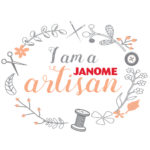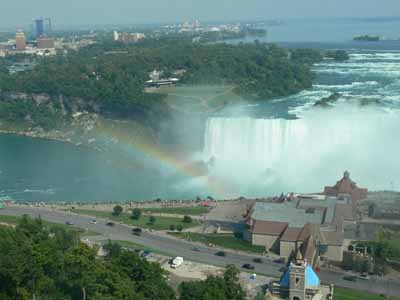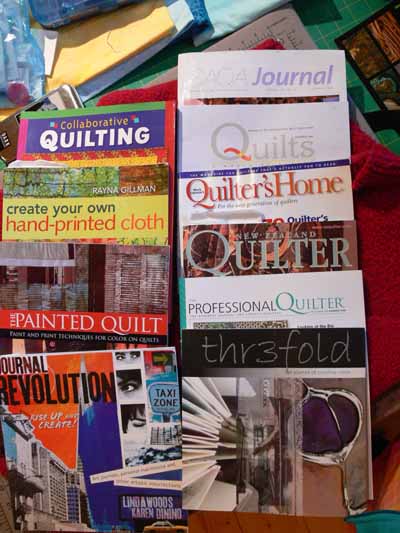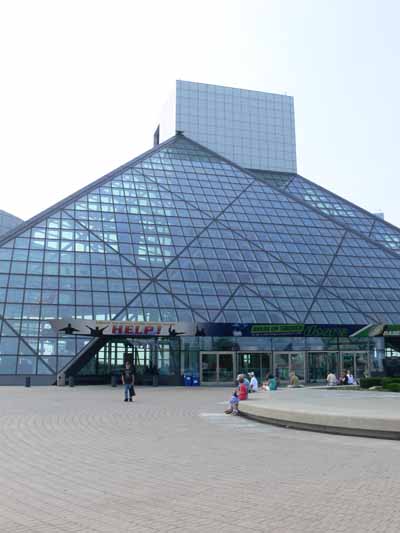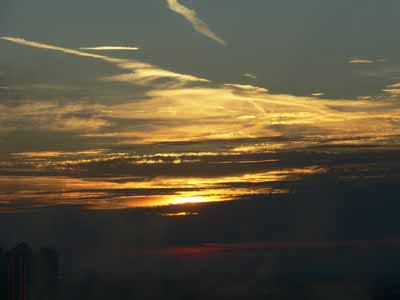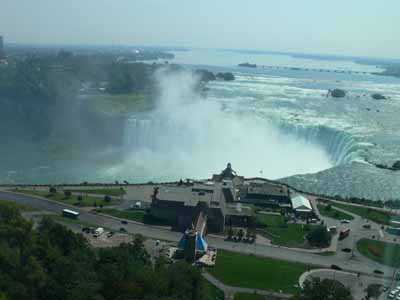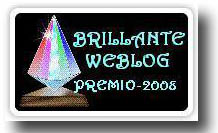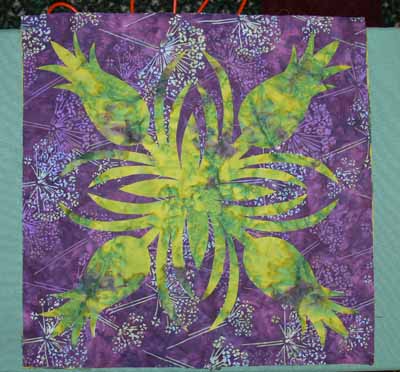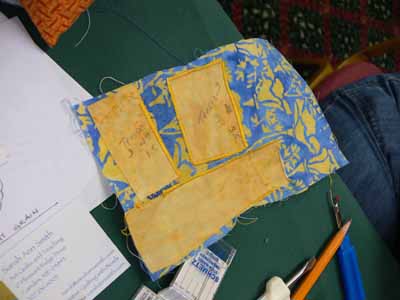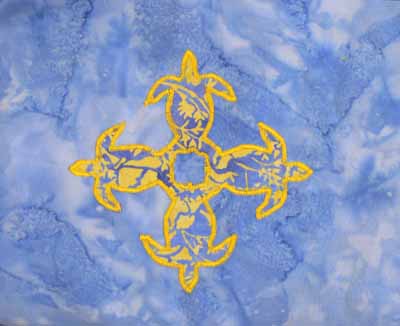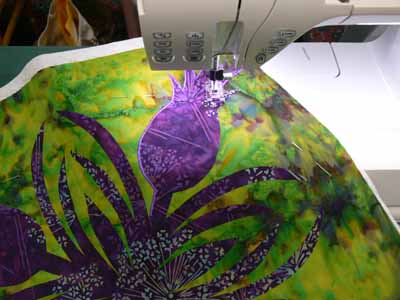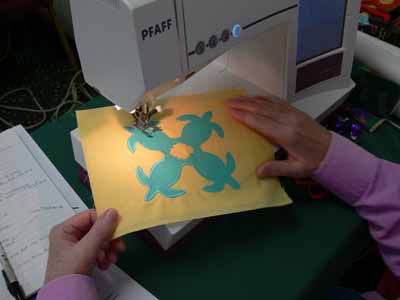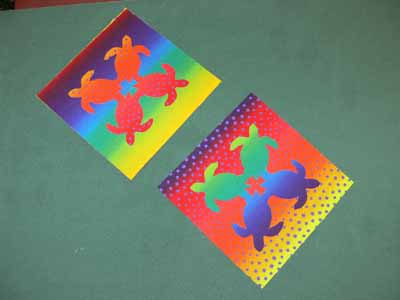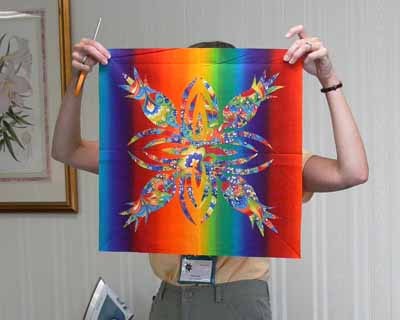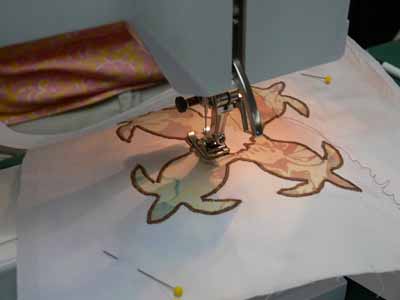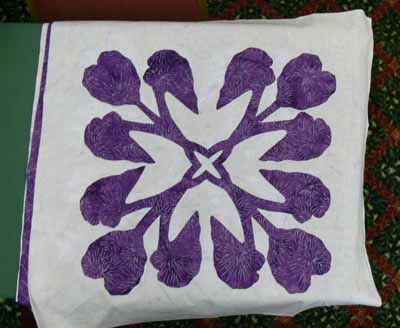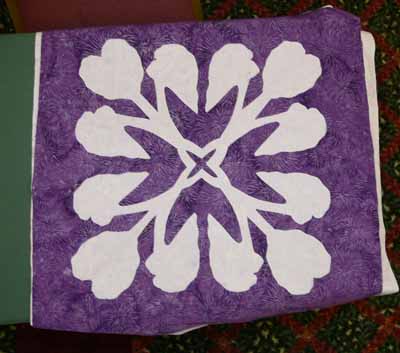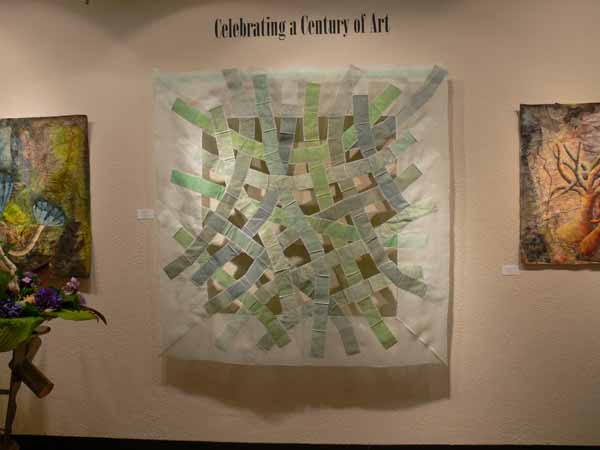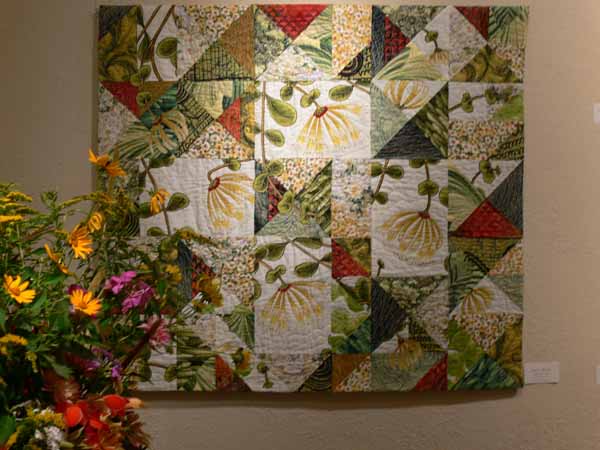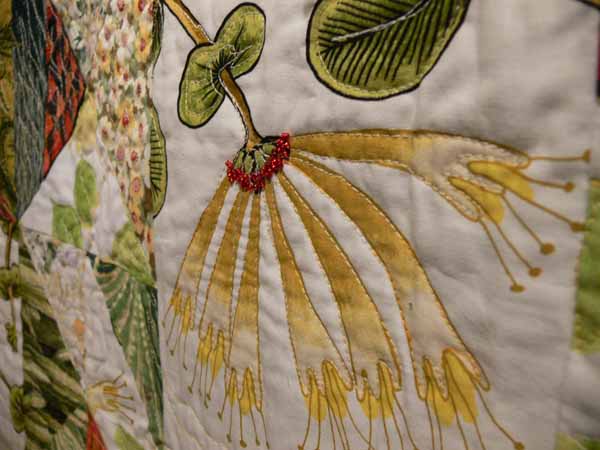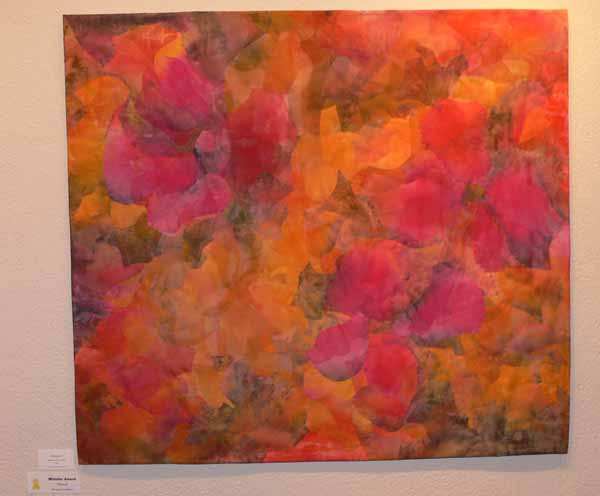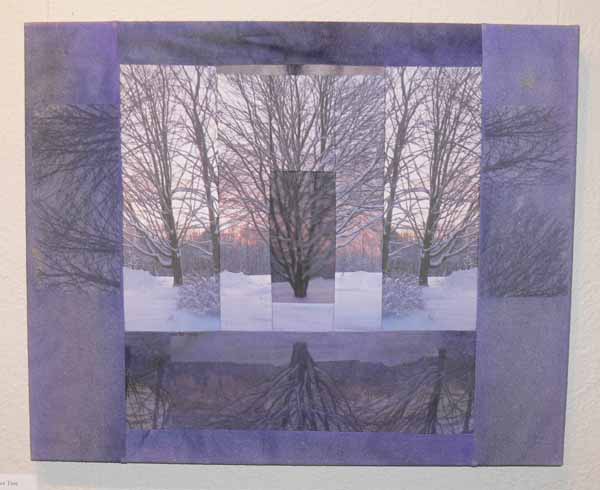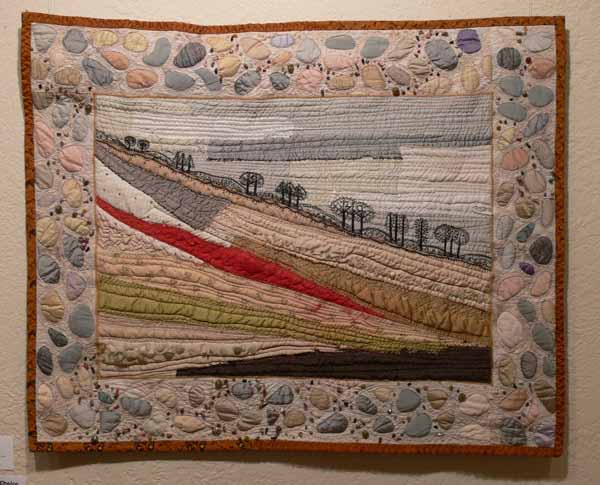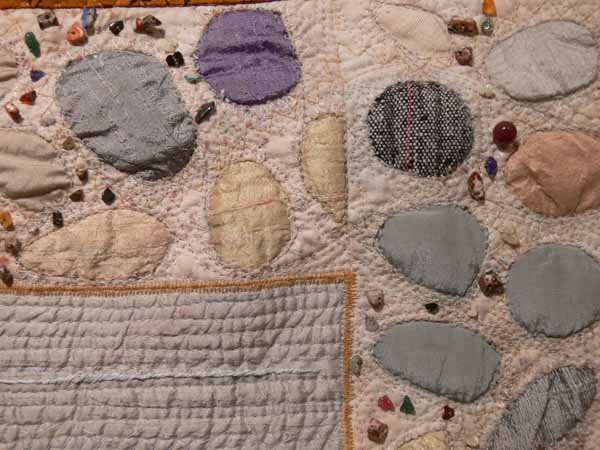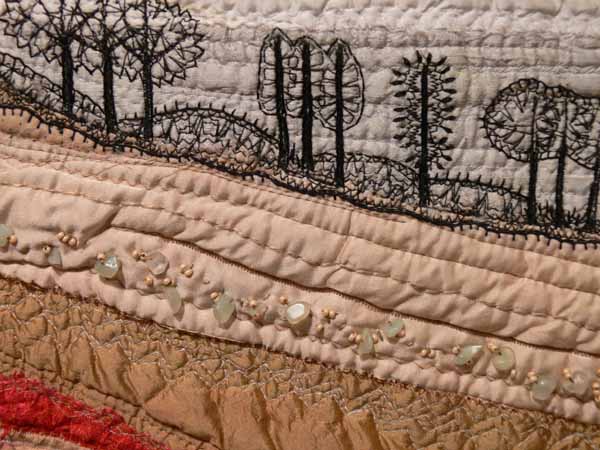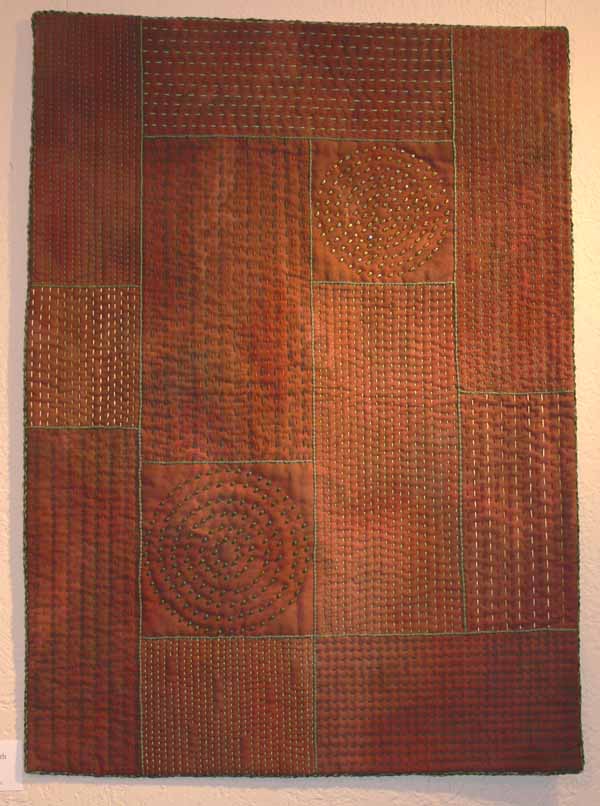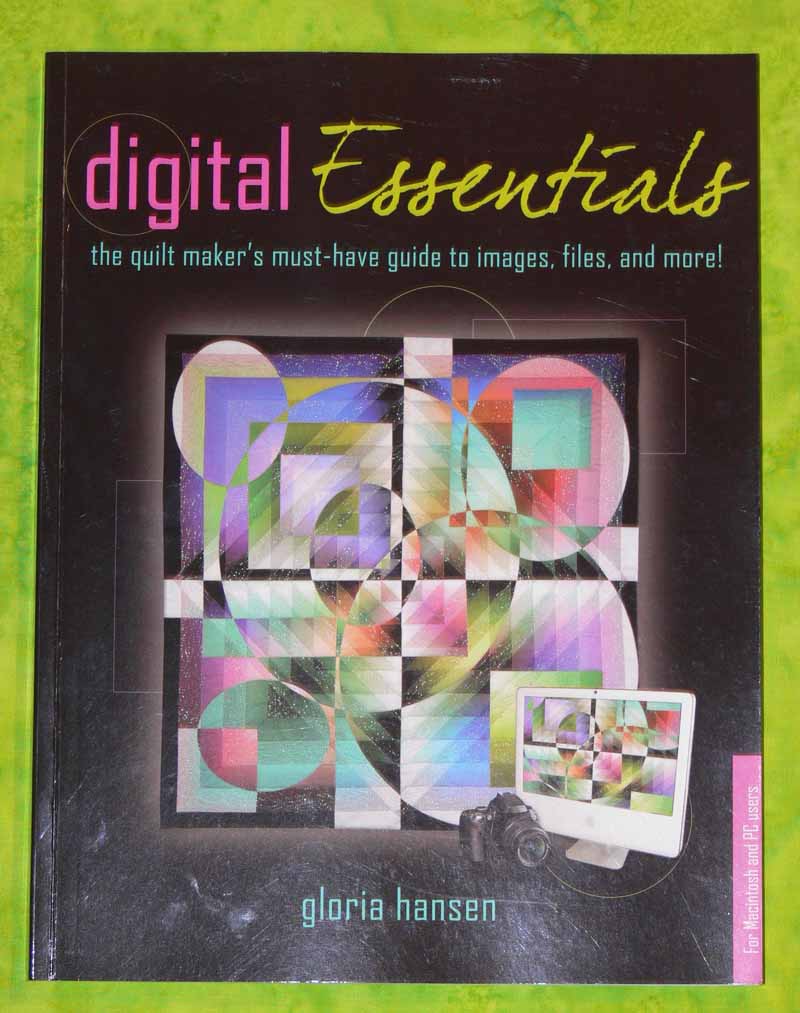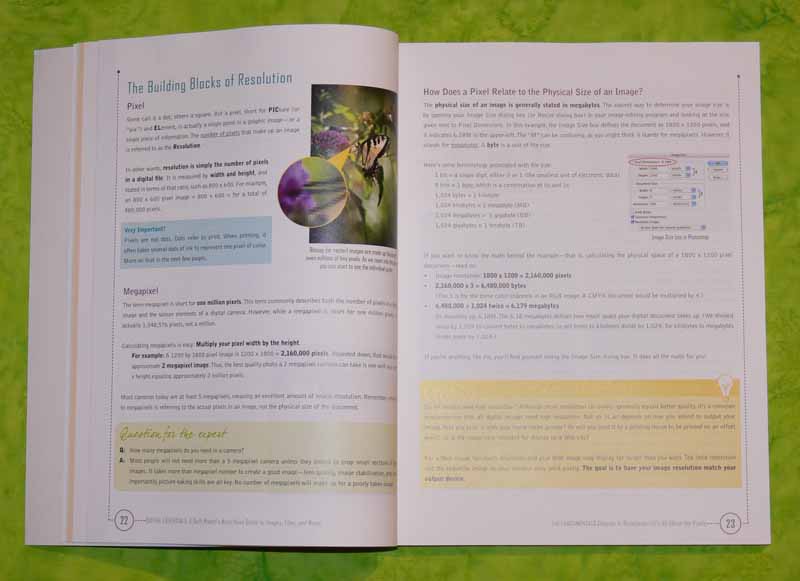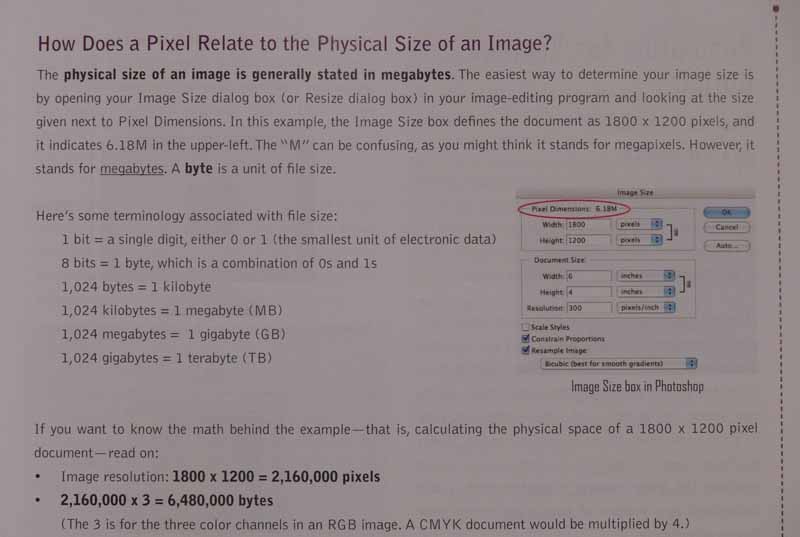Summer Vacation 2008
Saturday, September 6th, 2008We don’t usually do much in the way of vacations, as they are EXPENSIVE. But we had promised Joshua, the wannabe rock star guitarist, to go to the Rock and Roll Hall of Fame. When I got a teaching offer for a five day workshop in West Virginia in August, that seemed the perfect opportunity to have the whole family come along, and travel home via Cleveland (for the R&Roll) and Niagara Falls (the requisite family visit). Well…. as we all know the best laid plans of mice and men often go awry. Especially when the economy tanks and fuel prices skyrocket. Not enough students signed up for the workshop, so they had to cancel. Bummers. But we went on an abbreviated trip anyway. This photo, a teaser to get you to read on, was taken from our room overlooking Niagara Falls (on the Canadian side):
Here’s what I did in the car (an aside: Paul and I have been married for 25+ years; after year 1, I refused to drive with him in the car, so now he drives and I read and knit)–if I can find time later in the month, I’ll do a couple brief reviews of some of these….:
And here is Joshua (under the “E” in Help) in front of the Rock and Roll Hall of Fame:
Alas, you aren’t allowed to take pictures inside. I can see why though…lots of documents on cheap paper that will deteriorate with light, costumes, etc…..and many items are on loan from the artists. All sorts of cool stuff… envelopes with the lyrics of totally famous songs as they were being scratched down for the first time, outfits worn by Tina Turner, Elvis, Mick Jagger, Elton John, John Lennon (his Sgt Pepper outfit among other things), David Bowie, Madonna, Michael Jackson (pre-freak era…SIGH…I do feel sorry for him…), Janis Joplin’s Porsche, Jim Morrisey’s Report of Death Abroad (death cert issued by the US Embassy in Paris), all sorts of neat things.
In some ways, I think it was more interesting for me and Paul than for Joshua. He is really into hard rock and heavy metal, and the metal bands were not really represented there (even tho some have been inducted, there were really no artifacts)…it is mostly the older folks and the musicians and singers and behind-the-scenes people who were represented.
So after an afternoon there, we headed to Niagara Falls the next morning. We booked a Friday night, and Paul splurged on a room overlooking the falls. When we arrived (before noon), our type of room wasn’t vacant, so (yippee!) the hotel upgraded us for free to a suite on a higher floor, with two rooms and a palatial bathroom (you could open frosted shutters and sit in the jacuzzi and enjoy the view!). Here are some shots (don’t know who took these as Eli, Joshua and I all took a bunch) from the room:
Sunset:
And probably sunset, too…..
The US side of the falls, as seen from our room:
Looking down on one of the Maid of the mist boats:
And Horseshoe falls, the Canadian side, with Goat Island in the middle:
I was so tired after that day that I didn’t try to set up for night photos, but they illuminate the falls (spotlights) at night, and at 10 pm on some summer nights they have some fireworks over the falls. We managed to stay awake until 10 pm for the fireworks, then crashed. Thanks to a roll-away bed for Eli and a fold-out sofa for Joshua, there were NO sibling squabbles at bedtime! A ride on Maid of the Mist $12.50 per adult, a fancy dinner for four about $150 (OUCH but good), no fighting kids, PRICELESS….
We went on Maid of the Mist, and I walked around town. I think I’ll save the bazillion falls photos for next post, but here is one of the downtown which, alas, doesn’t have much to recommend it. Kinda generic North-American over-touristed boardwalk type of stuff. Blech. Plus it was hot, steamy and expensive.
Paul and the boys rode the shuttle back to the hotel while I enjoyed a few blissful moments of solitude and walked home (dripping!). We had a splendid, major treat for dinner at the steakhouse on the 9th floor, again overlooking the falls. I don’t think we’ve EVER gone out to a dinner that nice as a family. YUM.
